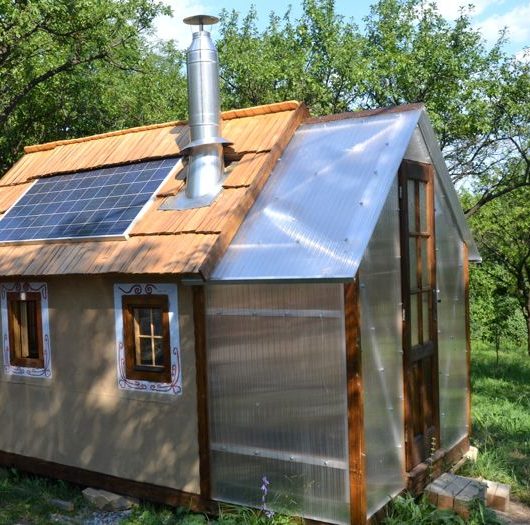Cheese is a magnificent, fascinating food. Like many of the foods we love most (chocolate, beer and wine for example) cheese is made using natural biological processes from the simplest raw ingredients – in this case, milk.
Forget Cheese Whiz and those processed slices. Real cheese is a living food, and should be made from just a few ingredients. Milk, salt, a starter culture, perhaps a mold for some kinds of cheese, and rennet, which coagulates the milk and starts the process of making it into a solid food.
With so many kinds of cheese available, how do you decide what to choose? I’m talking about the kind of cheese which you want to nibble after a great meal. Or use to accentuate a really special dish. This is not the kind of cheese that you are going to find in the aisles of your regular supermarket.
Find a great cheese shop

So the first thing you need to do is find a great cheese shop. The kind of place where when you open the door, the smell of cheese hits you in the face with a bewildering medley of intriguing aromas. Where the cheeses are all artisan made by small makers from only the best milk – preferably raw milk. Where an enthusiastic man or woman wrapped in a snowy white apron is behind the counter, with a beaming smile, ready to tempt you with samples and stories.
Choose a time of day when it’s not too busy. Announce your intention to buy a selection of cheese (your kindly shop keeper needs to make a living after all) and put yourself in his or her hands.
It’s likely that you’ll be asked what kind of cheese you like. If you are a complete beginner, whose idea of cheese is something that comes pre-sliced in a plastic pack, then confess right away. You don’t want to be confronted with something super sophisticated, strong or very delicate while you still have your trainer wheels on.
Brie or Camembert
If you’ve tried a few cheeses before, but you’re not quite sure what to ask for, then it’s good to plump for something familiar. Ask to try a good medium strength cheddar. This firm cheese should have a tangy, creamy flavor with a sharper after taste. If you like milder flavors, ask to try their recommended Brie or Camembert. These semi soft cheeses come with a bloomy white rind, which it’s perfectly OK to eat. These should have a soft, almost melting exterior and a firmer, chalky middle, and taste of cream with a hint of meadows.
Blue cheese

If you know you like blue cheese, ask to try a mild one to start with. Maybe a Cambazola, which is a mix between Camembert and the famous Italian blue cheese, Gorgonzola. And of course, if you really are in to big flavors, that Gorgonzola is a must. Count yourself lucky if the cheese monger is offering a traditional English Stilton.
Goat cheese and sheep cheeses have their own fans. As your knowledge of and understanding of cheese increases, you should definitely give these a try. And did you know that Mozarella is traditionally, and best, made from water buffalo milk?
Start with the mildest first
When trying cheese, ask to start with the mildest first. And if you can, cleanse your palette between cheeses with a dry cracker or a sip or two of water. A good cheese monger will offer you this as a matter of course.

If you want to be popular, buy some of each of the cheese you like, take them home, and enjoy them at your leisure. A plate of cheese with a glass of good red wine or port is one of life’s enduring culinary pleasures. And no food could be faster!
















